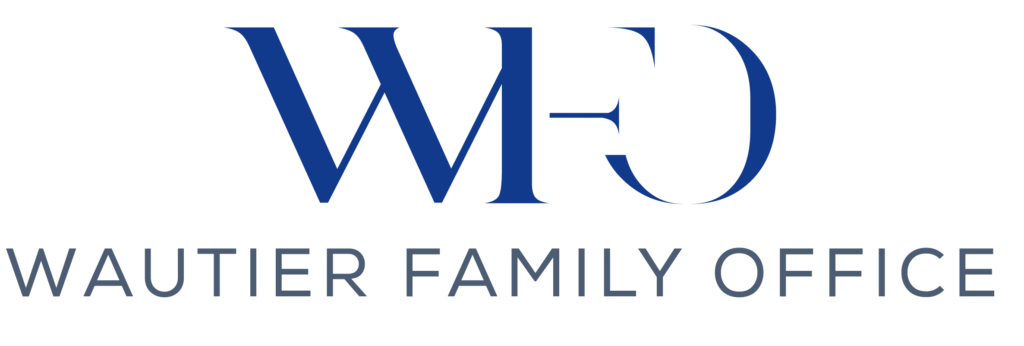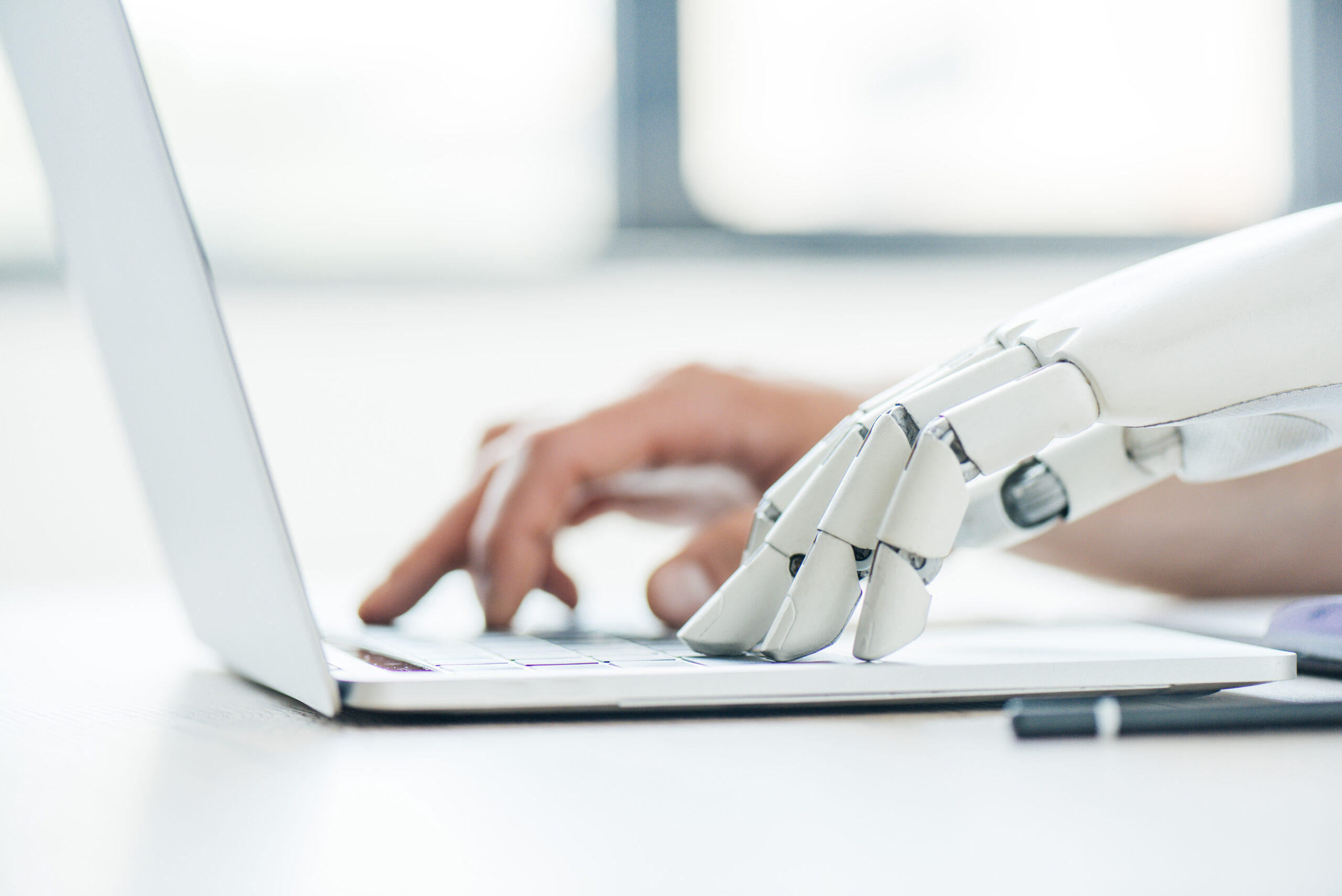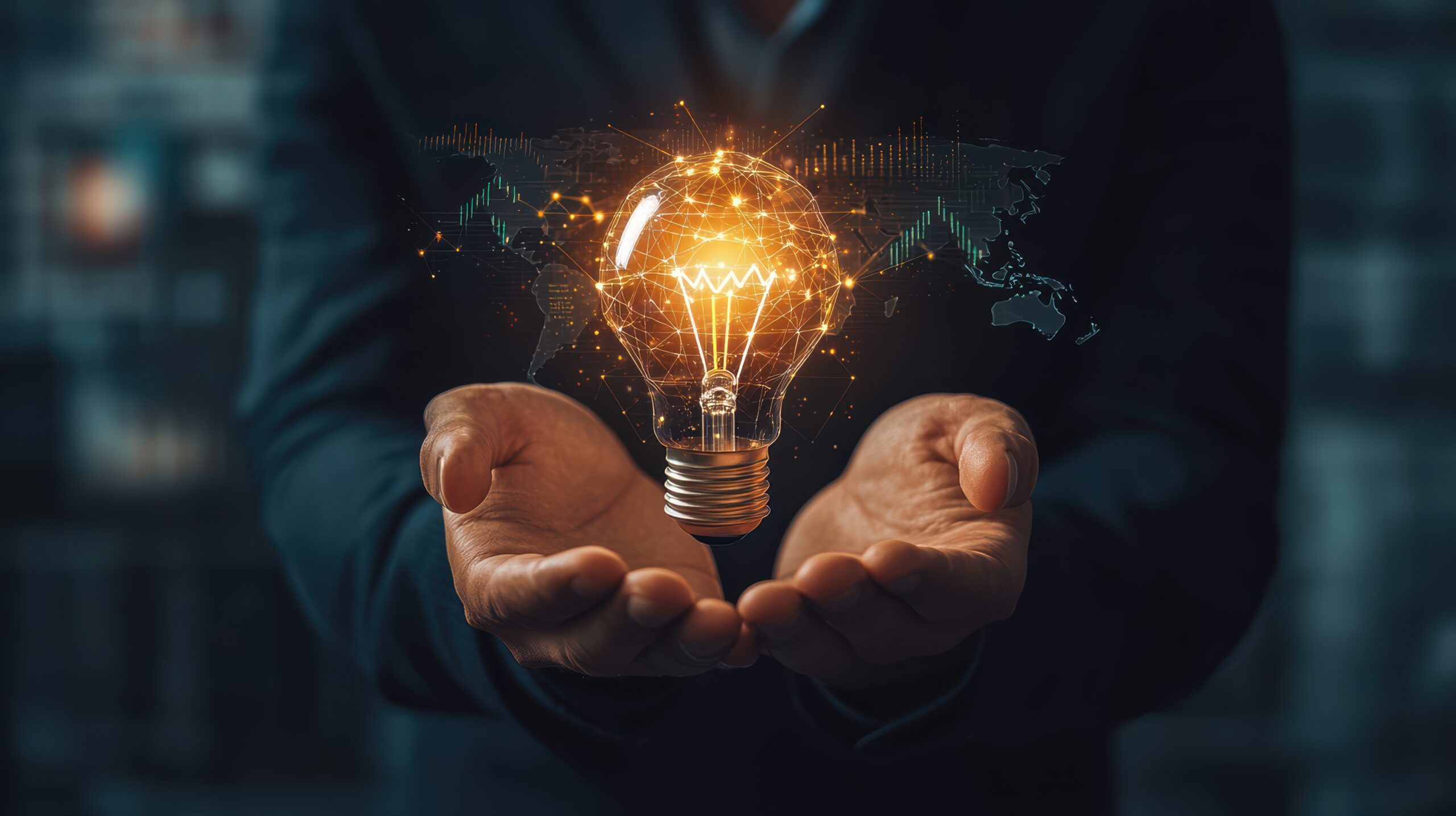What is the difference between AI and automation? Will automation and artificial intelligence reduce or increase jobs? How will AI and automation reshape job markets? What are the economic and ethical challenges associated with AI and automation in the workforce?
The increasing presence of AI and automation in the workforce is sparking widespread concern about job security, economic disparities, and ethical considerations. While automation has already displaced many routine and manual jobs, history suggests that technological advancements also create new roles and industries. This shift demands reevaluating workforce skills, education, and adaptability, ensuring workers remain competitive in an evolving labor market. Countries like Singapore are proactively investing in upskilling initiatives, offering insights into how governments can navigate these transformations.
Beyond employment, AI and automation raise pressing issues of economic inequality and ethical responsibility. While tech-driven innovation fuels economic growth, wealth concentration in AI-centric industries risks deepening socio-economic divides. Concerns around AI bias, workplace surveillance, and lack of transparency further complicate its adoption. Addressing these challenges requires forward-thinking policies, ethical AI governance, and sustainable strategies that balance technological progress with societal well-being. The future of work will ultimately depend on how effectively we integrate AI while ensuring fairness, accountability, and opportunity for all.
AI is making many of us uncomfortable. That is an entirely normal and even predictable response to any new technology. When we collectively feel discomfort about the increased adoption of AI and automation, I believe it is likely that the transformation of job markets is a key source of that tension. After all, a job is not just a job. It is our single best method for acquiring the resources we need (money) to provide shelter, food, and comfort for ourselves and those who depend on us.
That means we are acutely aware of anything that might threaten our ability to do those things. Any technological advancement that can make processes faster, more efficient, and less labor intensive can, therefore, be perceived as a threat to our jobs.
Here is a fact: AI will redefine employment trends. We don’t know exactly how yet, but we can make some educated predictions based on analogous past experiences.
It’s clear that the integration of automation and artificial intelligence (AI) into the workforce will mark another defining shift in a world that has just started grappling with the consequences of decades of globalization. These tools are wide-ranging. They range from highly visible self-checkout kiosks in retail stores to the mostly invisible algorithms driving many financial market transactions.
Automation and AI are actively transforming how businesses operate and how individuals work. According to a recent report by McKinsey Global Institute, tasks that account for approximately 30% of all hours worked could be automated by 2030. This rapid evolution demands a closer examination of how such transformations impact the social fabric, workforce dynamics, and economic structures, which this piece aims to do.
Table of Contents:
Implications for Policy and Governance
Transformation of Job Markets
Routine and manual jobs, particularly those in manufacturing, retail, and logistics, have experienced a multi-decade decline. This effect has been felt most acutely in Western nations in the regions formerly home to powerful manufacturing bases. They have seen those jobs and industries migrate offshore to lower-cost geographies.
Now, with the combination of AI and automation along with advancements in computer vision, tasks that involve repetitive actions or predictable processes are increasingly performed by machines, leading to reduced demand for roles such as assembly line workers, cashiers, and data entry clerks. For example, Amazon’s deployment of warehouse robots has streamlined logistics but reduced the need for manual labor in fulfillment centers.
The flip side is also worth examining. Any new technological advancement displaces existing jobs. But what is often overlooked is the new jobs that it creates. Take the example of the job title “social media manager.” Before Facebook was founded in 2004, this term would have been meaningless. In fact, years after Facebook was used by hundreds of millions of people, the job title still did not exist because there were no ads on the platform (a reality that is hard to imagine today!). Today, billions of dollars of economic value are managed and created by social media managers acting on behalf of their clients.
The example helps to illustrate that there is a growing demand for roles that require proficiency in new technology, creativity, and emotional intelligence. Careers in data science, cybersecurity, and AI development are expanding rapidly. This shift also fosters the emergence of entirely new industries driven by AI and automation. Even the “traditional” or “legacy” sectors of the economy, such as car manufacturing, farming, and health, are adding roles that examine AI-enabled developments such as autonomous vehicle technology, precision agriculture, and personalized healthcare that create entirely new job opportunities that simply didn’t exist a decade ago.
Upskilling is also an essential strategy for workforce adaptation. Governments and private enterprises are investing in education and training programs to prepare workers for this new landscape. For instance, Singapore’s SkillsFuture initiative provides citizens with financial support to pursue new skills in technology and innovation. This ensures that its workforce remains competitive in a tech-driven economy, and by extension, the city-state can maintain its high per capita GDP and living standards.
Economic Inequalities
Automation and AI offer vast opportunities for economic growth. However, their emergence also poses significant risks of widening economic inequalities. One of the most pressing concerns is the growing skills gap. Workers lacking digital literacy or advanced technical skills face the daunting challenge of adapting to new job requirements. This divide is particularly stark in industries heavily reliant on routine tasks, where employees may struggle to transition into more complex roles.
Regional disparities further complicate the landscape. Job displacement will disproportionately affect communities and regions dependent on manufacturing, mining, or other automation-prone industries. The American Midwest provides a stark example of this. Where it was once a manufacturing powerhouse, it has seen job losses and economic stagnation due to factory automation in recent decades. In contrast, urban tech hubs like San Francisco experienced economic booms fueled by technological innovation.
The concentration of wealth in technology-centric industries could also exacerbate income inequality. Large tech corporations that develop and control AI technologies often capture a significant share of the economic gains, leaving smaller businesses and low-wage workers behind. This risks creating an economic environment where wealth and opportunity are increasingly concentrated among a small segment of society.
Understanding these societal implications is crucial as policymakers, businesses, and workers navigate the evolving economic landscape and attempt to deliver policy settings that capture the economic upside while not entrenching or widening the economic disadvantage. Addressing these challenges requires comprehensive strategies that promote inclusive growth, equitable access to education, and support for displaced workers.
Ethical Considerations
Ethical concerns surrounding the implementation of automation and AI technologies have been at the forefront of many of our thoughts as the technology progresses at breakneck speed. One of the most pressing issues is the risk of bias in AI decision-making. AI systems are trained on historical data. AI can unintentionally perpetuate or amplify these disparities if this data reflects existing societal biases. For example, recruitment algorithms trained on past hiring data may inadvertently favor certain demographics over others. In doing so, they reinforce systemic discrimination in employment practices. This bias can extend to other more consequential domains, including financial services, healthcare, and criminal justice.
Workplace surveillance has also intensified with the adoption of AI tools. Employers now have access to sophisticated monitoring systems that can track employee productivity and behavior. Some “sentiment monitoring” tools even combine video feeds and algorithms to report on employees’ emotional dispositions. This obviously raises significant privacy concerns. Employees may also feel their autonomy is being undermined, fostering a culture of mistrust and stress. Balancing the benefits of workplace monitoring with respect for employee privacy remains a complex ethical challenge.
Transparency and accountability are equally critical. Many AI systems operate as “black boxes” for commercial sensitivity reasons. However, this makes it difficult to understand how decisions are made. This lack of clarity complicates efforts to hold developers and organizations accountable for the outcomes of AI-driven decisions. In high-stakes industries like healthcare and finance, the inability to explain or justify algorithmic decisions can have serious consequences. Establishing clear guidelines and regulatory frameworks to ensure AI systems are transparent and accountable is essential for ethical integration into the workforce.
Social and Cultural Impact
This is perhaps the most uncertain of all areas. For instance, who could have predicted that the combination of rapid data transfer speeds, smartphones, and global connectivity would spawn the generation of attention-harvesting apps that now account for the 4+ hours each day that many teenagers spend “almost constantly” glued to their smartphones?
AI and automation offer the potential to improve work-life balance. With increased efficiency and the automation of repetitive tasks, employees may benefit from more flexible working arrangements, shorter workweeks, or opportunities to pursue creative and fulfilling activities. Remote work technologies, enhanced by AI-driven collaboration tools, have already demonstrated how technology can support greater work-life integration.
Cultural attitudes toward work and technology are also shifting. Societies are becoming more accustomed to technological reliance, with younger generations viewing efficiency gains and increased automation as a natural part of app updates and new services. However, this cultural shift is not uniform. Regions and communities with strong ties to traditional industries may resist automation, fearing job loss and economic decline. Bridging these cultural divides requires thoughtful engagement and inclusive strategies considering diverse perspectives on technology’s role in society.
Implications for Policy and Governance
To address the societal implications of AI and automation, policymakers must adopt proactive and adaptive governance strategies. Labor policies need to evolve to prioritize worker retraining and education. As routine and manual jobs decline, governments and the private sector must invest in lifelong learning programs that equip workers with skills relevant to evolving industries.
Regulating AI poses a delicate balance between fostering innovation and ensuring ethical, safe deployment. Over-regulation risks stifling technological advancement. Under-regulation could allow harmful practices to proliferate. Policymakers must develop frameworks that promote responsible AI development, including standards for data privacy, algorithmic transparency, and bias mitigation. The European Union’s proposed AI Act represents a step in this direction. One of the sensible aims of the act is to classify AI systems based on risk levels and impose appropriate oversight.
Social safety nets also require modernization to support workers displaced by automation. Traditional welfare systems may not sufficiently address the challenges of rapid technological change. Concepts like universal basic income (UBI) and portable benefits have gained attention as potential solutions to provide financial security during periods of job transition. While UBI remains controversial, pilot programs in countries like Finland and Canada have explored its viability in mitigating the economic impact of job displacement.
Environmental Considerations
The expansion of AI and automation technologies comes with significant environmental costs, primarily due to their immense energy consumption. Training complex AI models requires extensive computational power. That power often draws energy from non-renewable sources. Data centers supporting these technologies contribute notably to global carbon emissions, raising concerns about sustainability.
But despite its energy demands, AI also offers powerful tools for advancing sustainability. AI-driven solutions are optimizing energy grids, improving manufacturing efficiency, and enabling precision agriculture to reduce natural resource use.
Predictive analytics can help businesses minimize waste and carbon emissions, while smart infrastructure can make cities more energy-efficient. Industries and governments can align technological advancement with environmental sustainability by strategically deploying AI in climate mitigation efforts. This dual reality highlights the need for balanced strategies that are cognizant of both the costs and benefits. This approach allows AI to leverage sustainable solutions while also mitigating its ecological impact where possible.
Key Takeaways
Automation and AI are driving profound changes across global economies and societies. They offer immense opportunities for growth, innovation, and sustainability but also present challenges that demand thoughtful action. The societal implications are complex and far-reaching, from job displacement and widening inequalities to ethical concerns and environmental impacts.
Yet, the future is far from predetermined. Much like the rapid and unexpected rise of smartphones, which revolutionized how we communicate and access information, AI’s impact will unfold in ways we cannot fully predict. Just as the internet revolutionized communication and commerce, AI may unlock unforeseen opportunities for human creativity and collaboration.
With intentional strategies that prioritize inclusivity, sustainability, and ethical innovation, we can harness AI’s transformative potential to build a more equitable and resilient world. The future of work and society at large will be shaped not by technology alone but by how we choose to adapt, govern, and grow alongside it.




